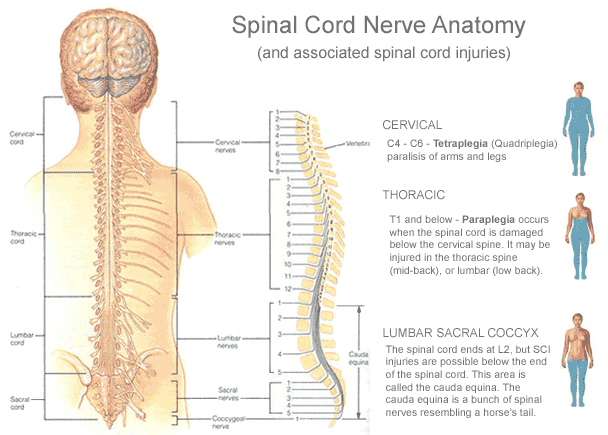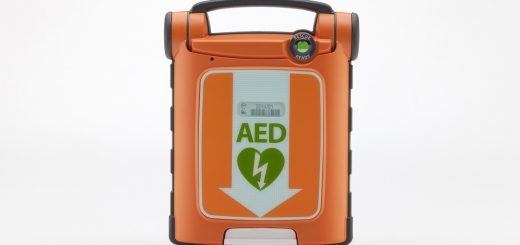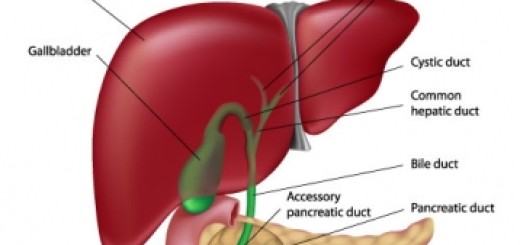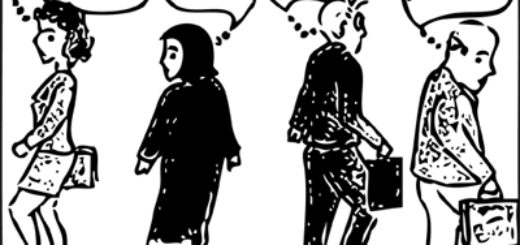Anatomy for first aiders: the spinal cord
In this blog post we discuss the anatomy of the spinal cord for first aiders and first responders.
The spinal cord is a collection of nerve fibres connecting the brain to nerves which pass out from the spinal column to the body. It is a superhighway for messages between the brain and the rest of the body.
The spinal cord is surrounded for most of its length by the bones (vertebrae) that form the spine, and which protect the soft spinal cord from injury. The cord runs through the oval shaped opening in each vertebra. The vertebrae are stacked on top of one another and are separated by spongy discs that act as shock absorbers between each vertebra.
The cord, which is extremely delicate, and vital to the total functioning of the body, is made up of millions of nerves which are the communication link between the brain and all other body parts. This two way cable system picks up the incoming messages from the arms, skin, feet, etc., and transmits them to the brain. At the same time the brain sends out messages which are transmitted to the different muscle and body functions.
There are 31 pairs of spinal nerves that connect with the spinal cord through nerve roots, and which travel to specific parts of the body:
-
8 in the cervical vertebrae
-
12 in the thoracic vertebrae
-
5 in the lumbar vertebrae
-
5 in the sacral vertebrae
-
1 in the coccygeal vertebrae
For example, the pair of spinal nerves connecting with the spinal cord in the region of the C2 vertebra travels to the head and neck, while the spinal nerves attaching to the cord in the region of the L4 vertebra run to specific muscles in the legs and specific areas of skin in the calves. The diagram following indicates where the spinal cord nerves extend to in the body, and shows the relationship between the nerves and the vertebrae.
Traumatic spinal injuries account for the majority of Spinal Cord Injuries (SCI) in adults. Although spinal injury in children is rare, the most common causes of paediatric SCI are falls from a height, a bicycle or skateboard accident, or as a result of a motor vehicle accident.
Spinal injuries in aquatic based activities normally occur in the cervical section of the spine as a result of a traumatic force, such as diving into shallow water, body surfing or during contact sports.







This is nice
Thanks!
This is an excellent free resource. Thanks so much!
This is great information